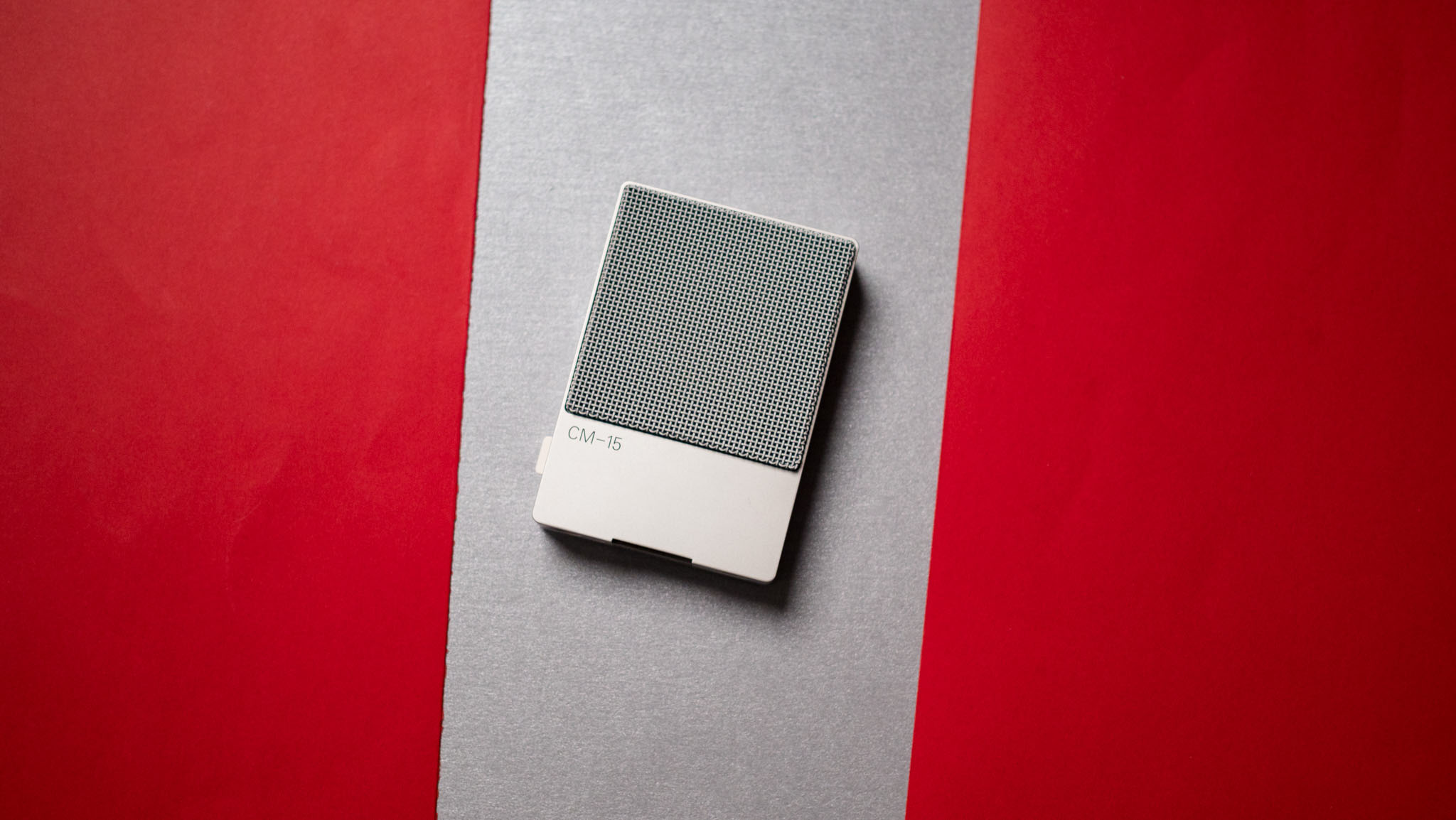
In the context of phones, Teenage Engineering is best known for its collaboration with Nothing; the Phone 1 and Phone 2's unique design identity was created by the Swedish brand. And while it teams up with plenty of other brands to design eye-catching products — such as the Playdate handheld console — its main focus is music production gear.
I've always been a fan of Teenage Engineering's Pocket Operator series of miniature synths, and a decade after its launch, the OP-1 continues to be a standout synth. The brand rolled out its field system at the start of last year, introducing a range of devices that are designed for portable use. The CM-15 is a part of that range, which includes a field recorder, mixer, and a lighter OP-1 dubbed the OP-1 Field.
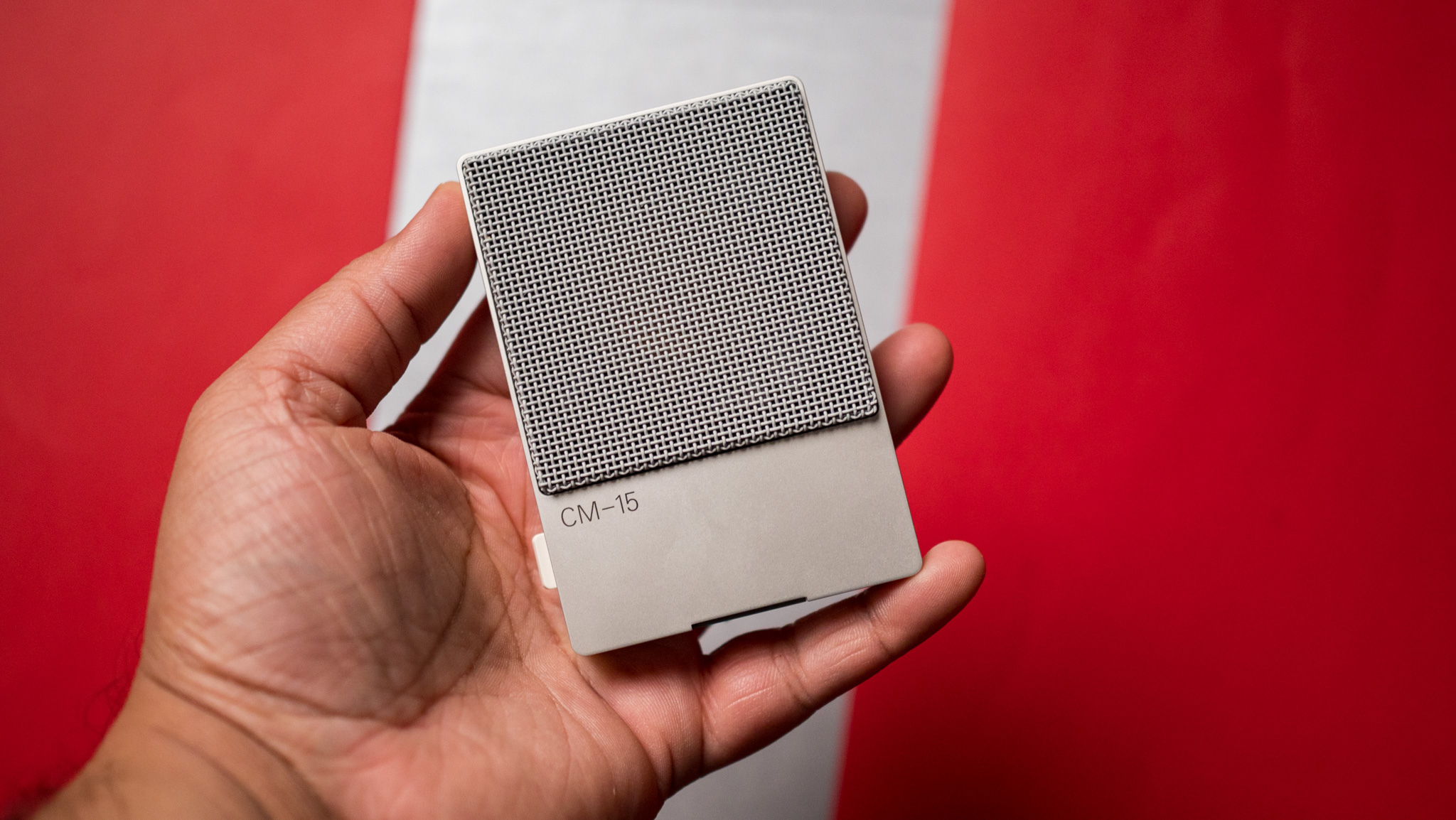
The idea is to be able to create music on the go, and each of the products is designed to work in conjunction with the rest. The CM-15 is particularly notable because of its sheer versatility; you can use it as a traditional studio mic to record vocals or instruments, and there's the ability to connect it to your phone and use it to record audio — this is handy during interviews — and so much more.
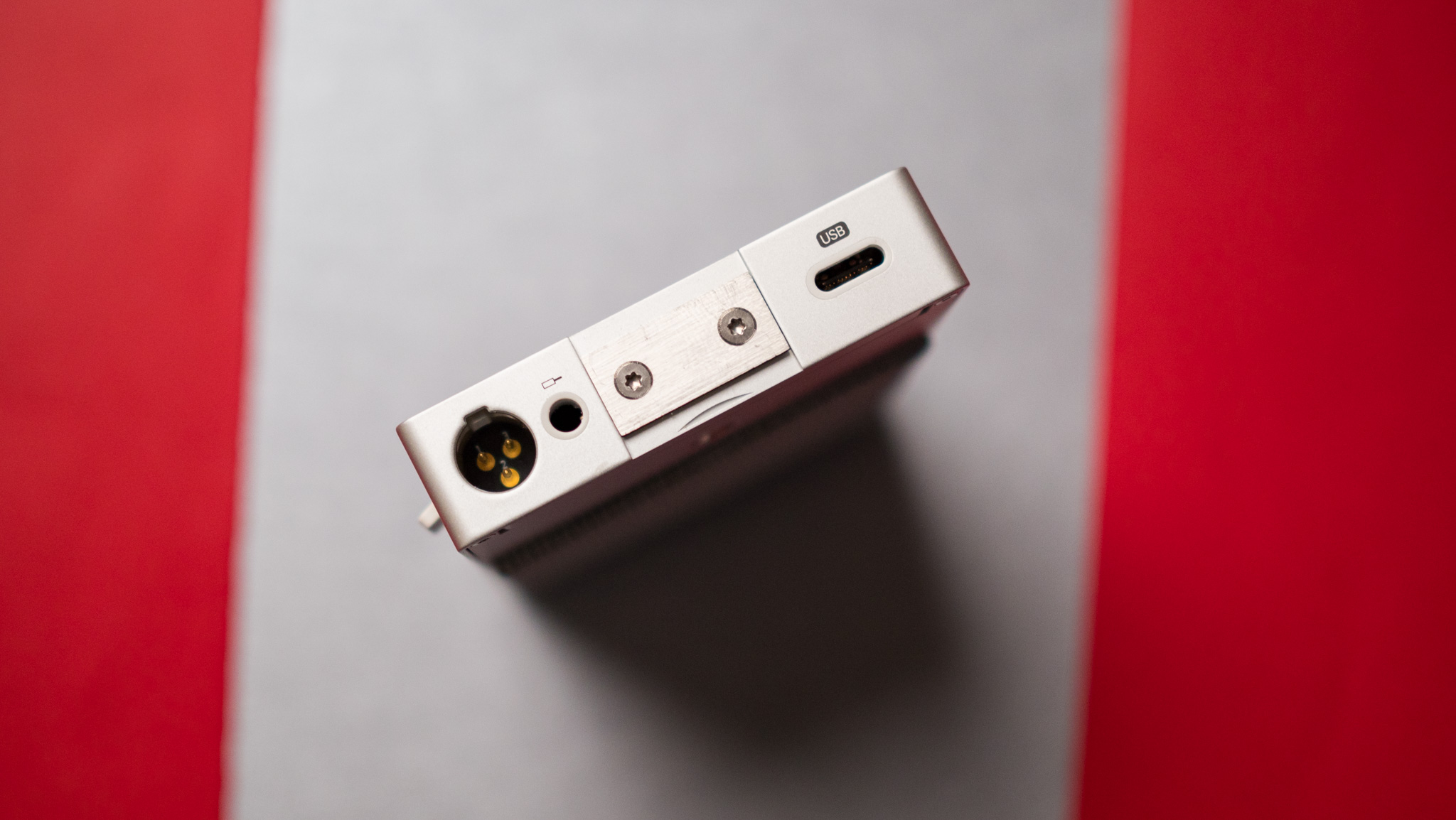
Then there's the design. Obviously, design isn't a key consideration when it comes to a mic, but the CM-15 has a minimal aesthetic that differentiates it from other studio mics. The diminutive size makes it a great choice for use on the road; it is about half the size of a phone, and weighs just 132g — no small feat considering it has a built-in battery.
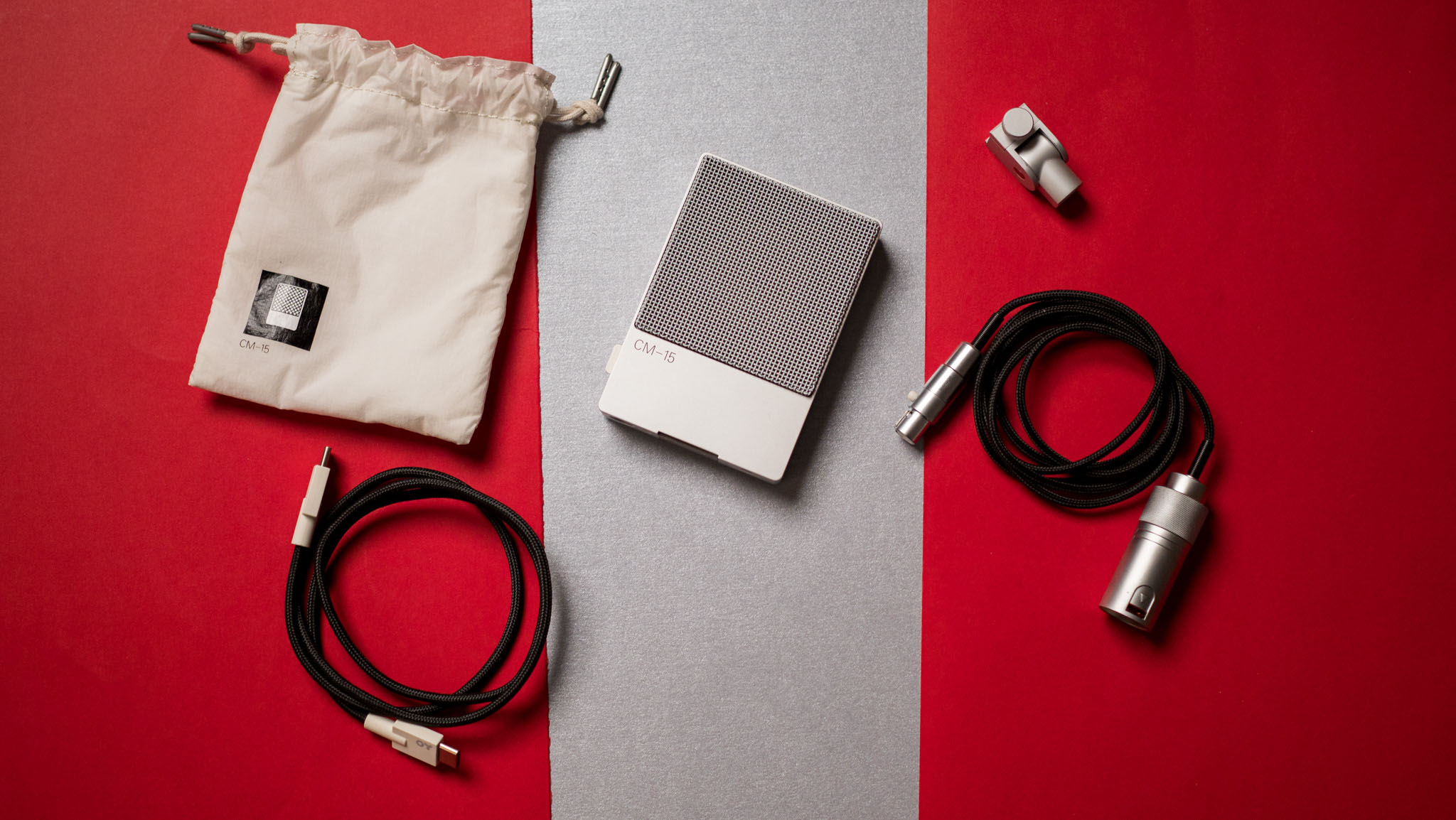
Clearly, a lot of thought went into the design of the CM-15, and the small form factor combined with the anodized aluminum chassis makes it inherently portable and durable. You also get a decent set of accessories in the box; the bundled adapter allows to mount the CM-15 on a tripod with relative ease, and you get a mini-XLR to XLR along with USB-C to USB-C cables and a field pouch with a water-resistant fabric.
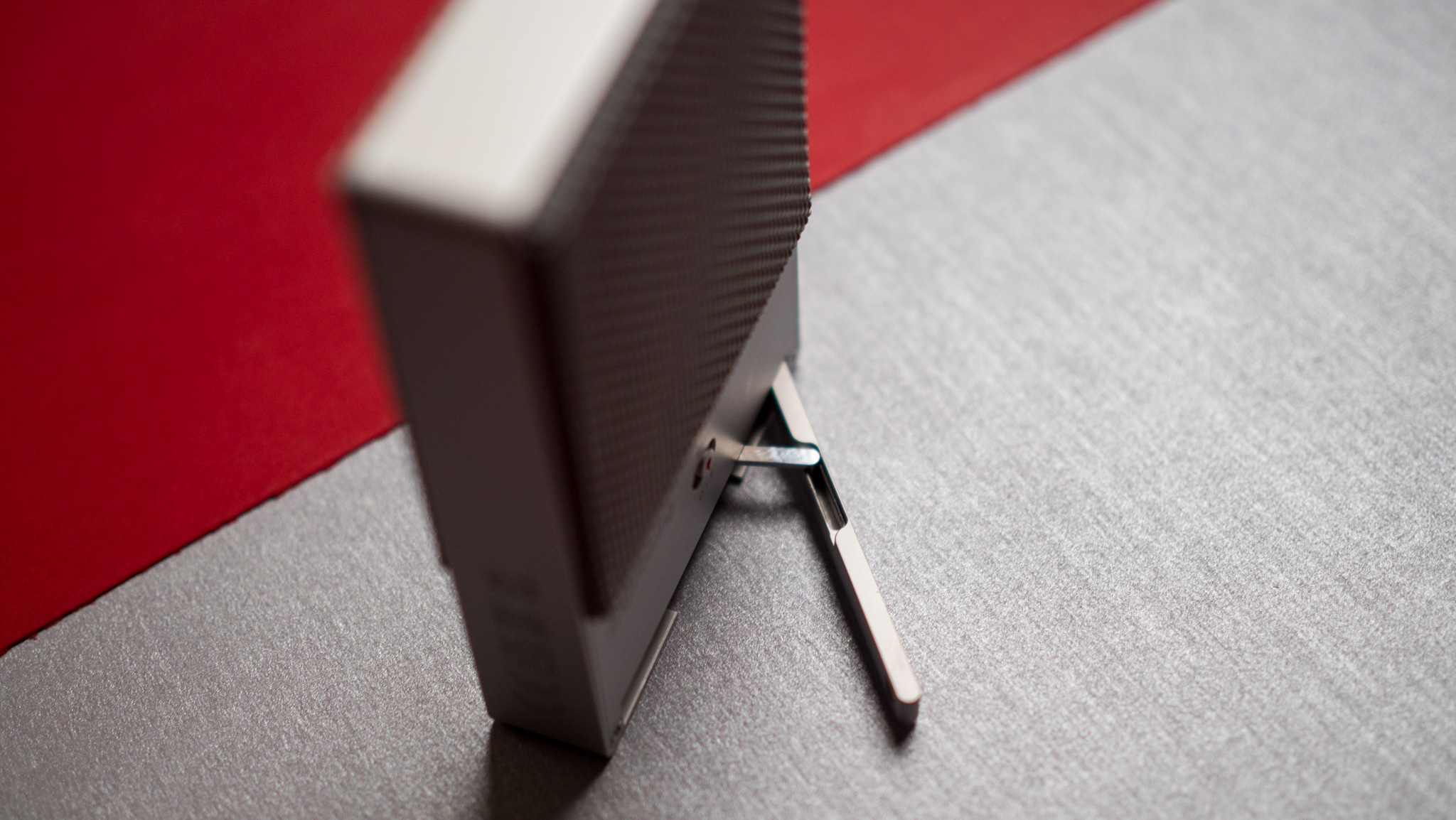

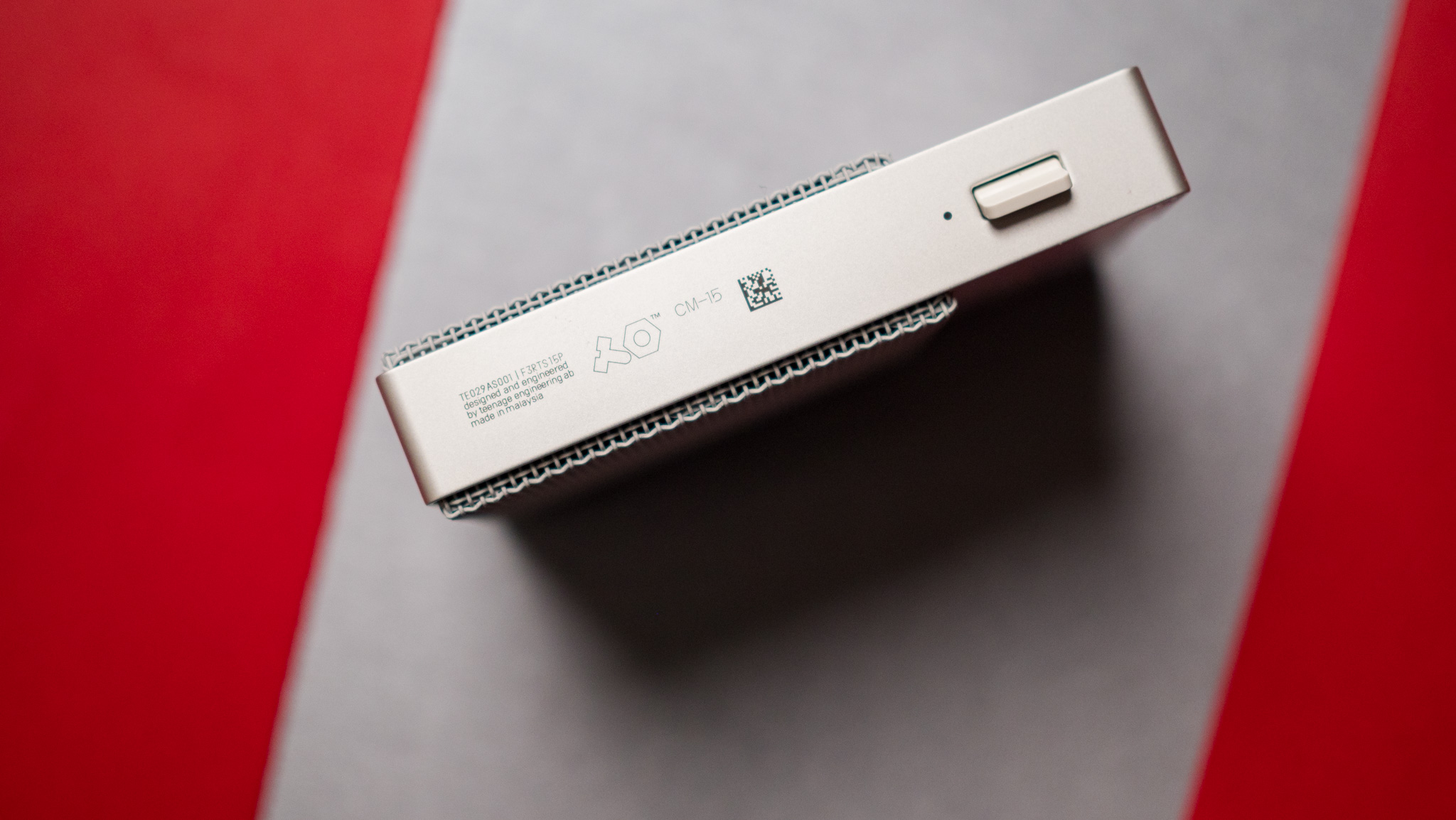
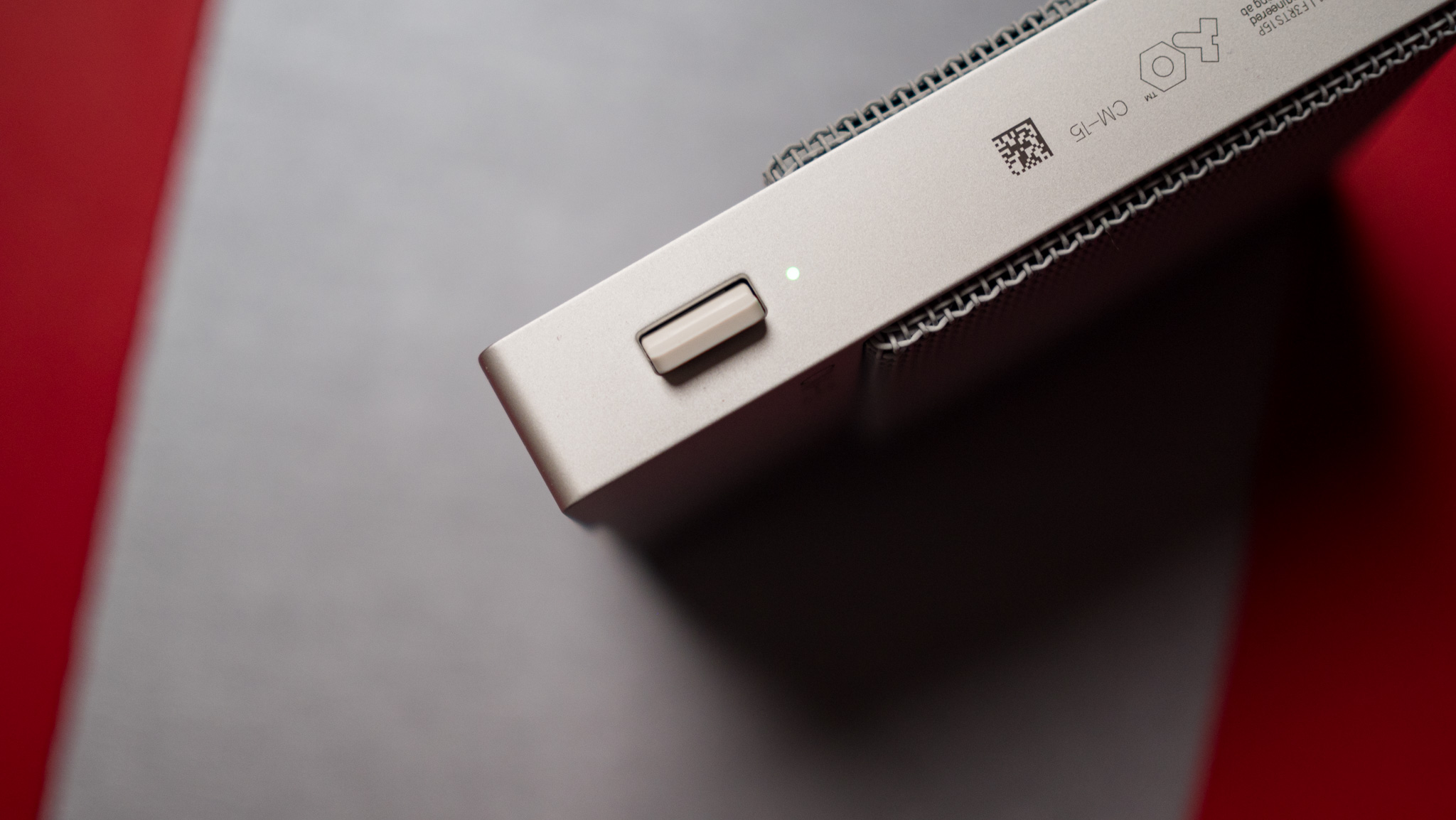
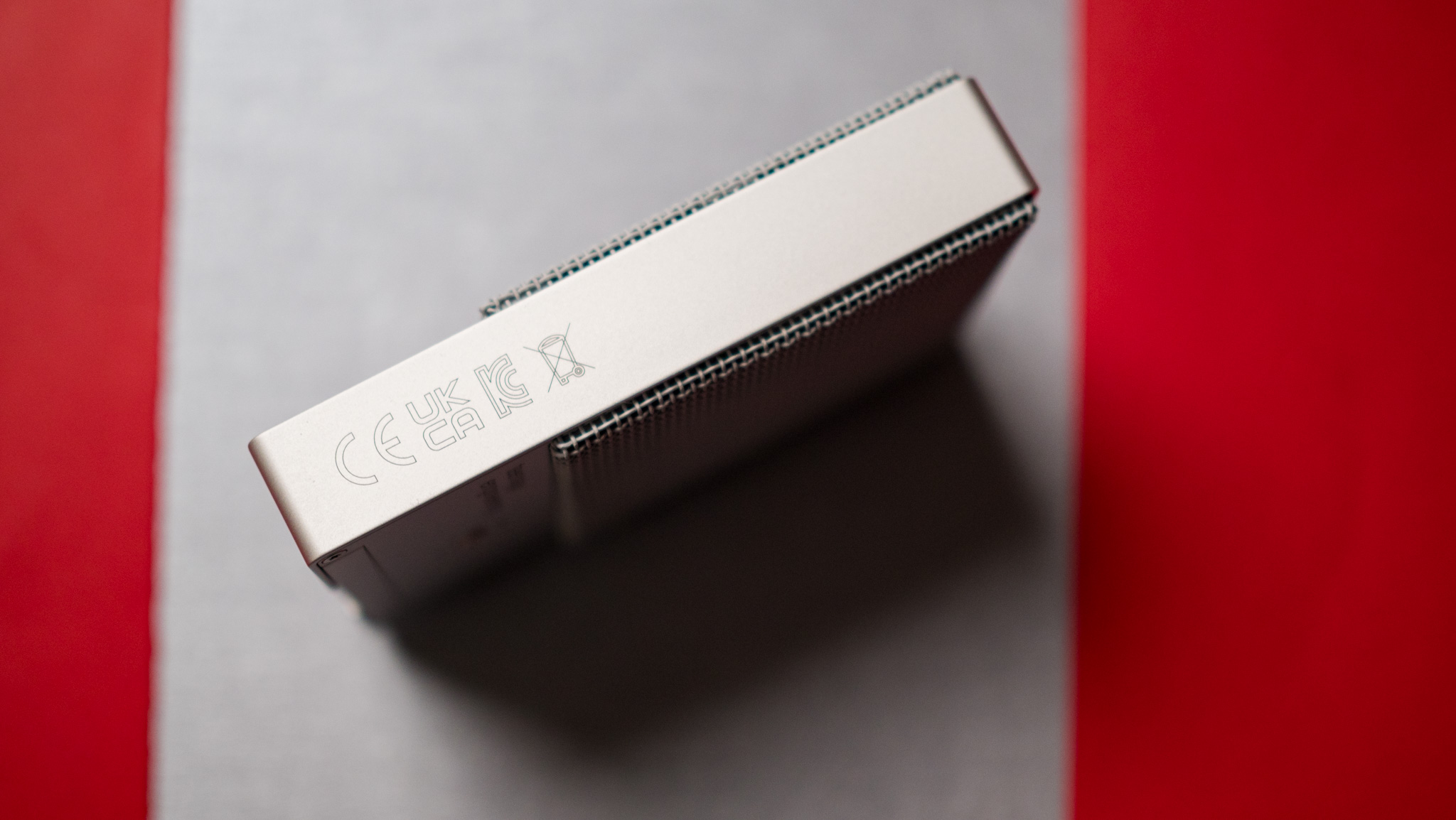
The design feature I like the most is the built-in kickstand at the back; it allows the mic to stay upright on a desk without having to use a mount. Connectivity is via mini-XLR, 3.5mm, and USB-C, and you can power it via 48V phantom power, USB-C, or use the internal battery. It switches between the three automatically, and there's a tiny LED on the side that serves as a visual indicator for the battery charge level.
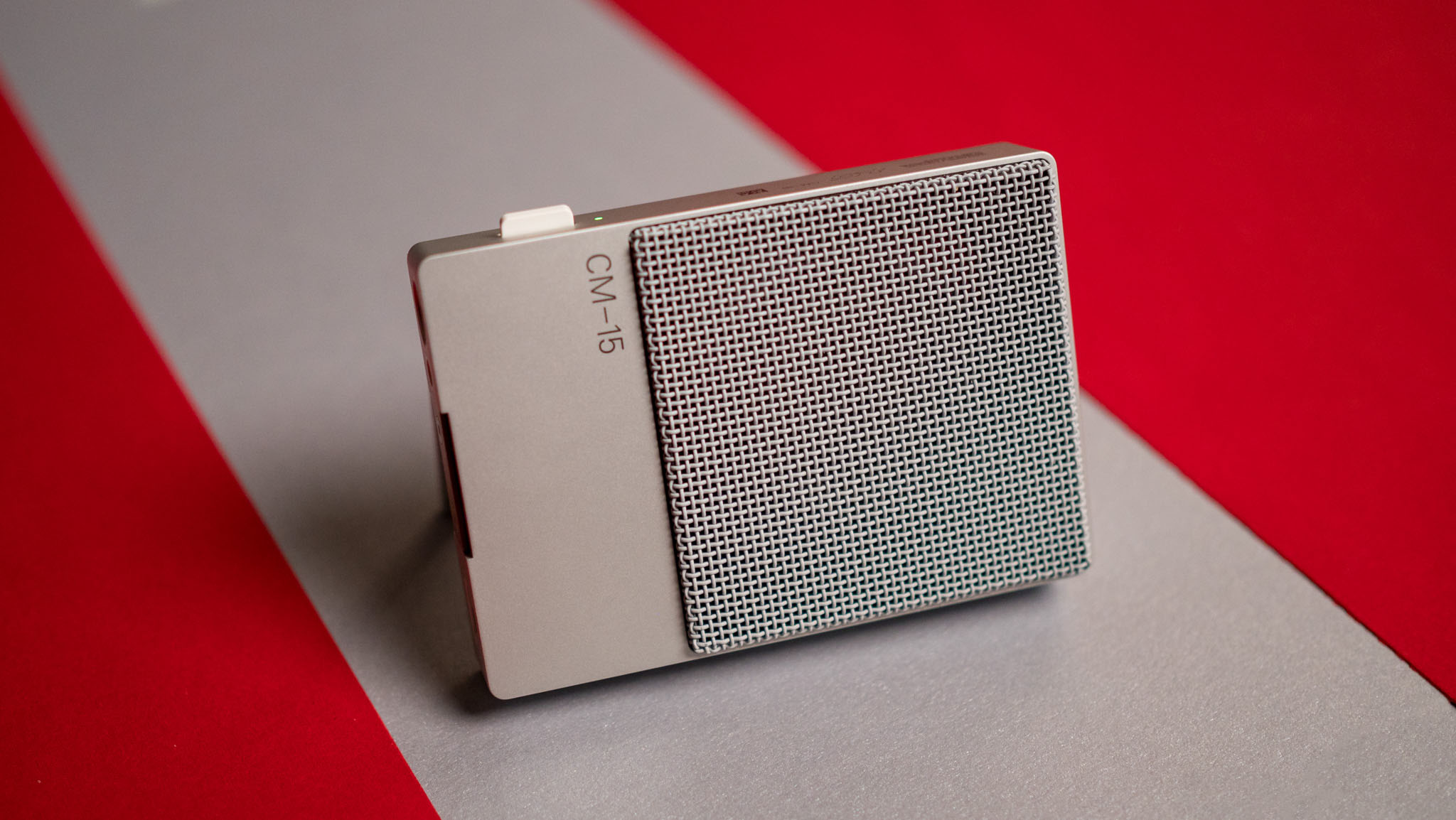
Charging the battery takes just over two hours, and you get nearly nine hours of usage between charges — which is more than adequate in this setting.
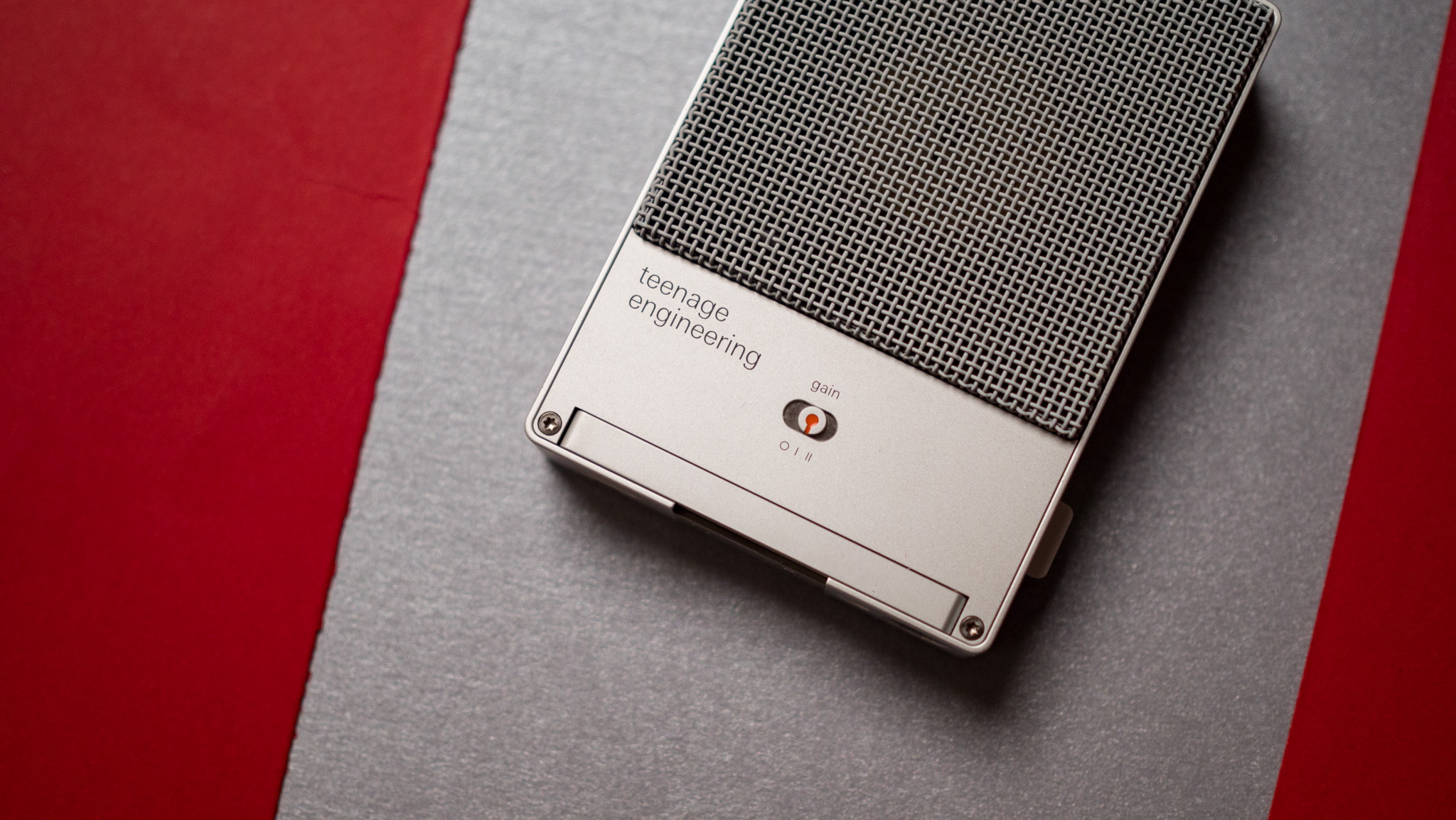
Other than the power button that's on the left, the only other toggle on the CM-15 is the gain switch; there are three modes available, with the left-most position at 0dB, the middle setting boosting gain by 14dB, and the right-most position increasing it by 32dB.
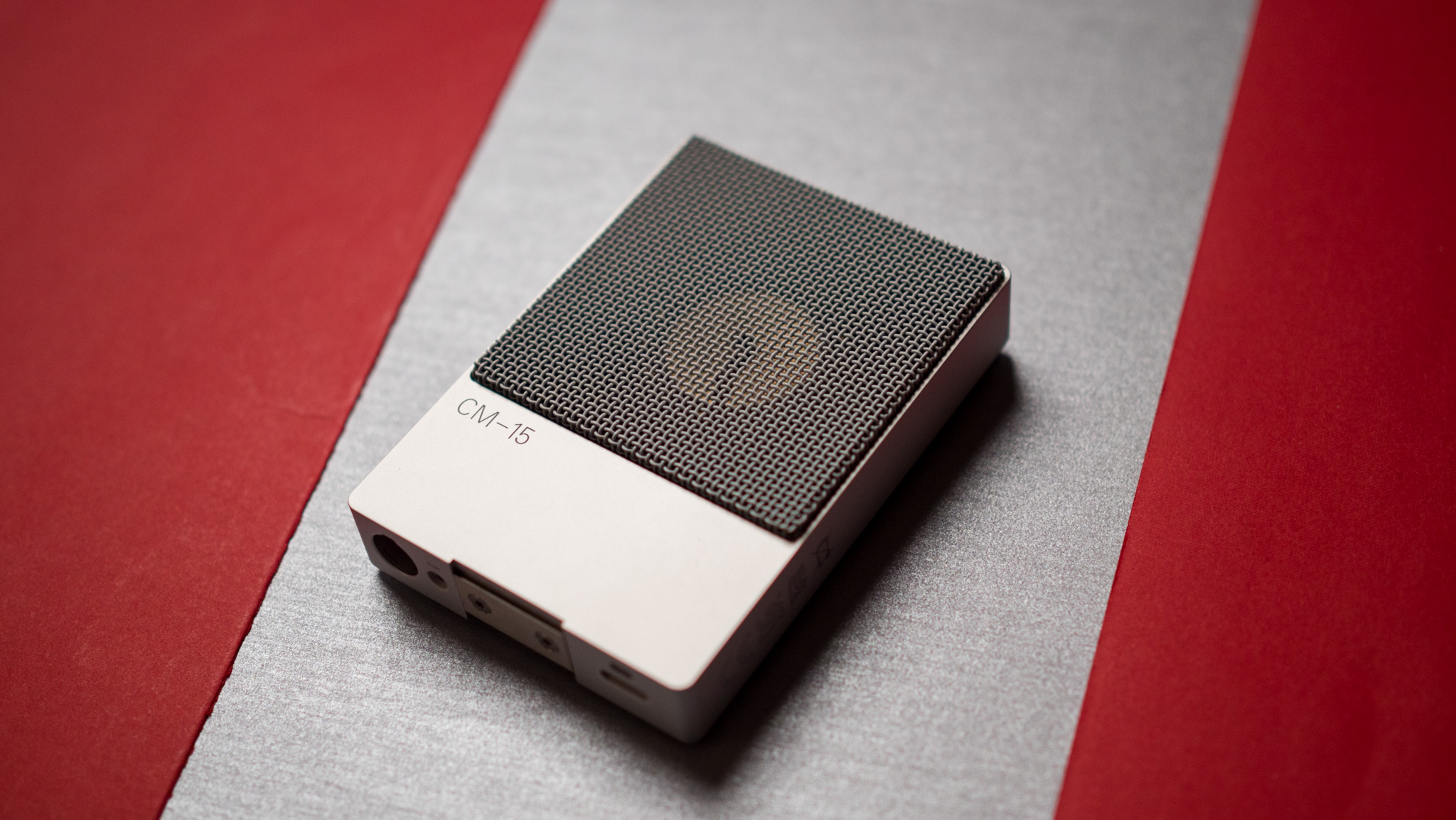
Coming to the mic itself, the CM-15 includes a 1-inch diaphragm capsule that's manufactured by Peluso Microphones. The sound quality is fantastic; I normally use a Blue Yeti to record audio and the occasional instrument, and the CM-15 is in another league altogether.
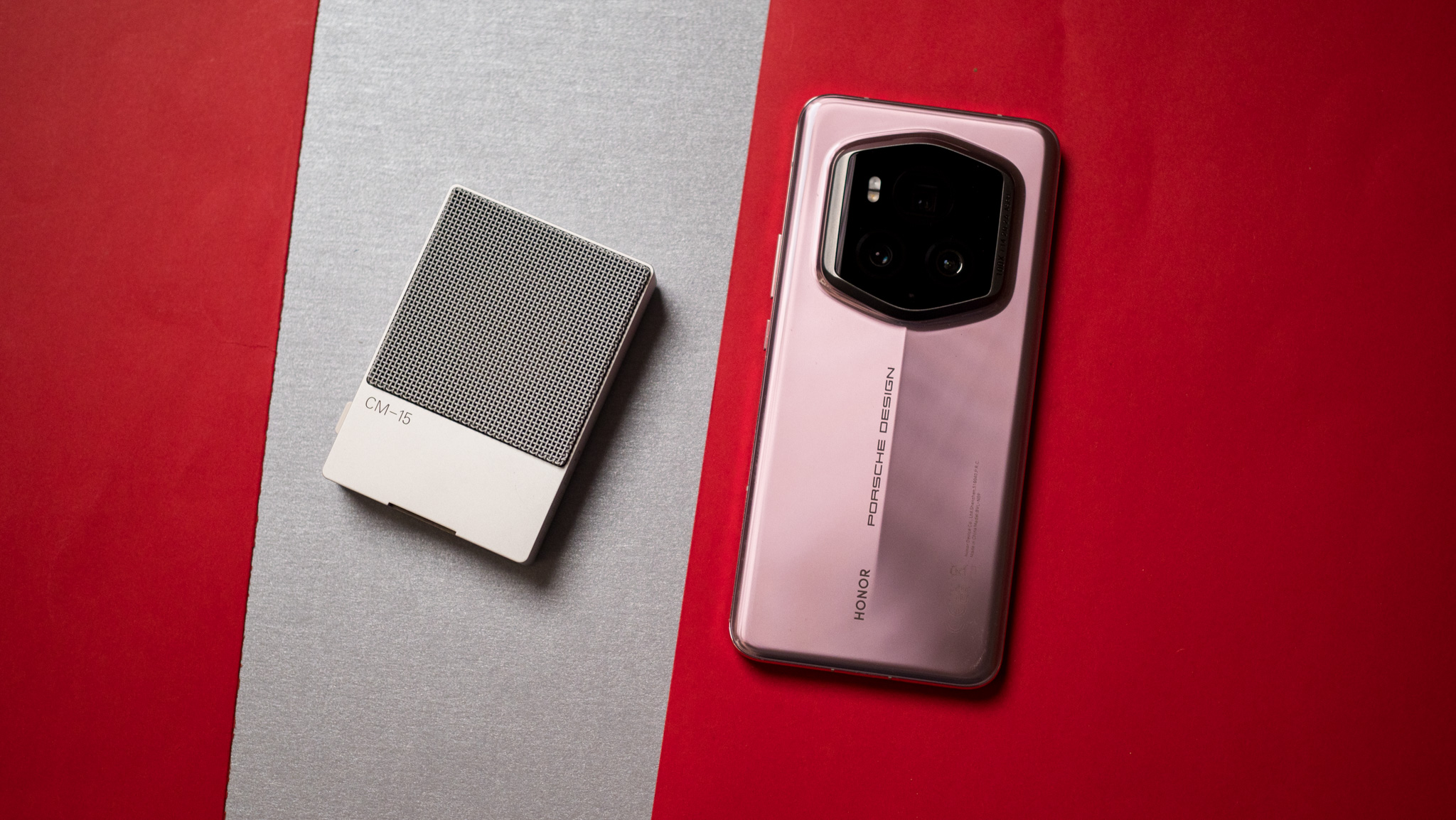
The condenser mic has a unidirectional pattern, so it picks up sounds in front of it, and it does a decent job isolating ambient noise. The best part is the versatility; I used the CM-15 for the better part of four months, and in that time, I recorded interviews on the go, plugged it into my phone to record audio, and while it is vastly overkill for this use case, I attended several dozen briefings and meetings with it.
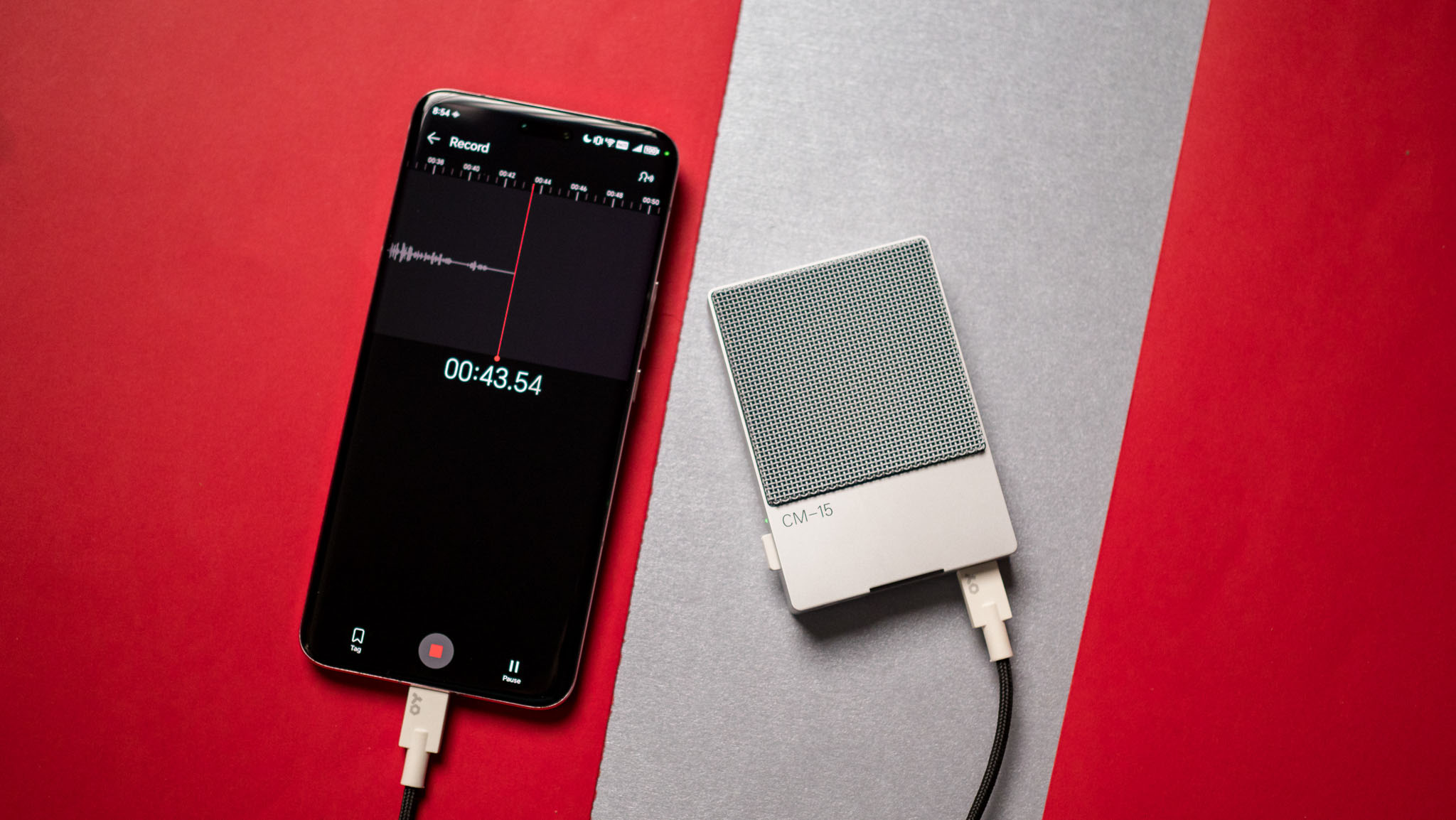
It is outstanding as a studio mic, and the portability gives it a distinct edge. Coming in at $1,199, the CM-15 is several magnitudes costlier than most products in this category, but if you want a high-quality studio mic with a durable design that can be used anywhere, it is a great choice.
With fantastic sound and an elegant design, the CM-15 holds its own against the best studio mics.







